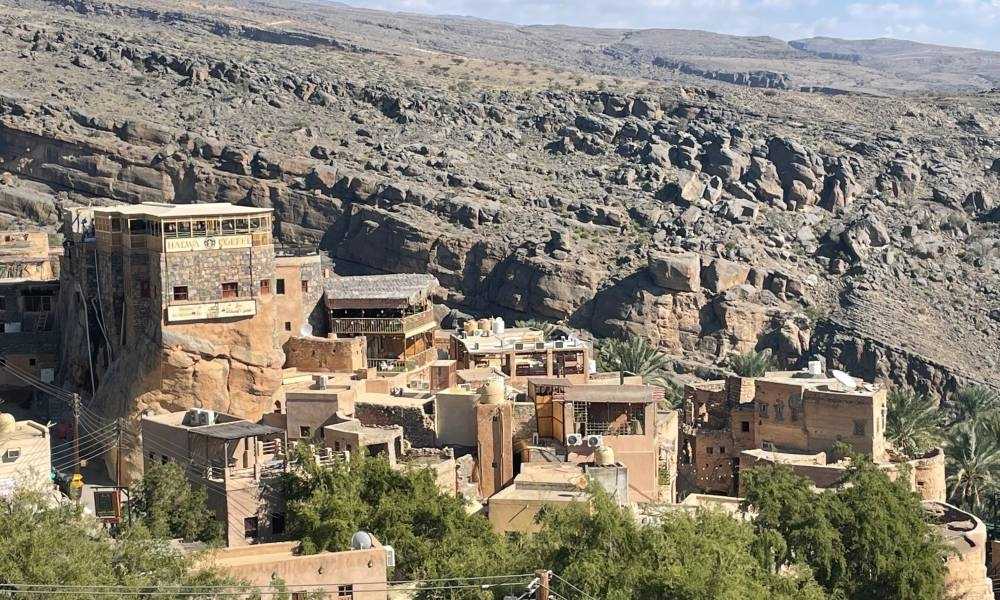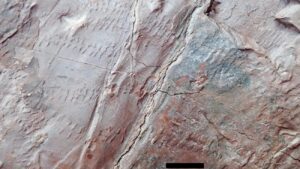Exploring the Stunning Landscape of Jebel Chambi
Nestled in the heart of Tunisia, Jebel Chambi is a breathtaking natural wonder that offers a unique blend of scenic beauty, rich history, and outdoor adventure. As the highest peak in Tunisia, Jebel Chambi stands at 1,544 meters and is part of the Dorsale mountain range. This majestic mountain is not only a haven for nature lovers and hikers but also a site of historical significance and cultural richness. Whether you’re an avid trekker or simply looking to soak in the serene landscapes, Jebel Chambi promises an unforgettable experience.
What to See and Do
Jebel Chambi is a paradise for outdoor enthusiasts. The mountain is part of the Jebel Chambi National Park, which spans over 6,723 hectares and is home to diverse flora and fauna. As you hike through the park, you’ll encounter a variety of landscapes, from dense forests to rocky terrains. The trails are well-marked, catering to both novice hikers and seasoned trekkers. Along the way, you might spot some of the park’s wildlife, including wild boars, jackals, and various bird species.
One of the highlights of visiting Jebel Chambi is reaching the summit. The panoramic views from the top are simply breathtaking, offering a sweeping vista of the surrounding valleys and distant mountains. On a clear day, you can even catch a glimpse of the Mediterranean Sea. For those interested in history, the area around Jebel Chambi is dotted with ancient ruins and archaeological sites, providing a glimpse into Tunisia’s rich past.
A Bit of History and Interesting Facts
Jebel Chambi has a storied history that dates back to ancient times. The mountain and its surrounding areas have been inhabited by various civilizations, including the Berbers, Romans, and Byzantines. The strategic location of Jebel Chambi made it an important site for these civilizations, and remnants of their presence can still be found in the form of ruins and artifacts.
An interesting fact about Jebel Chambi is its role during World War II. The mountain was a significant battleground during the Tunisia Campaign, where Allied and Axis forces clashed in a series of battles. Today, visitors can explore some of the remnants from this period, including bunkers and trenches, which serve as a poignant reminder of the area’s turbulent past.
Getting There and Tips for First-Time Visitors
Reaching Jebel Chambi is relatively straightforward. The nearest major city is Kasserine, which is well-connected by road to other parts of Tunisia. From Kasserine, it’s a short drive to the entrance of Jebel Chambi National Park. If you’re traveling from Tunis, the capital city, the journey by car takes approximately four to five hours. Public transportation options are available, but renting a car offers more flexibility and convenience.
For first-time visitors, it’s important to come prepared. The weather in the mountains can be unpredictable, so it’s advisable to dress in layers and bring a waterproof jacket. Good hiking boots are essential, as the trails can be rocky and uneven. Don’t forget to pack plenty of water and snacks, as there are limited facilities within the park. Lastly, consider hiring a local guide if you’re unfamiliar with the area, as they can provide valuable insights and ensure a safe and enjoyable experience.
Jebel Chambi is a destination that captivates with its natural beauty, historical depth, and cultural significance. Whether you’re scaling its heights or exploring its ancient ruins, this Tunisian gem offers a journey of discovery and wonder.








